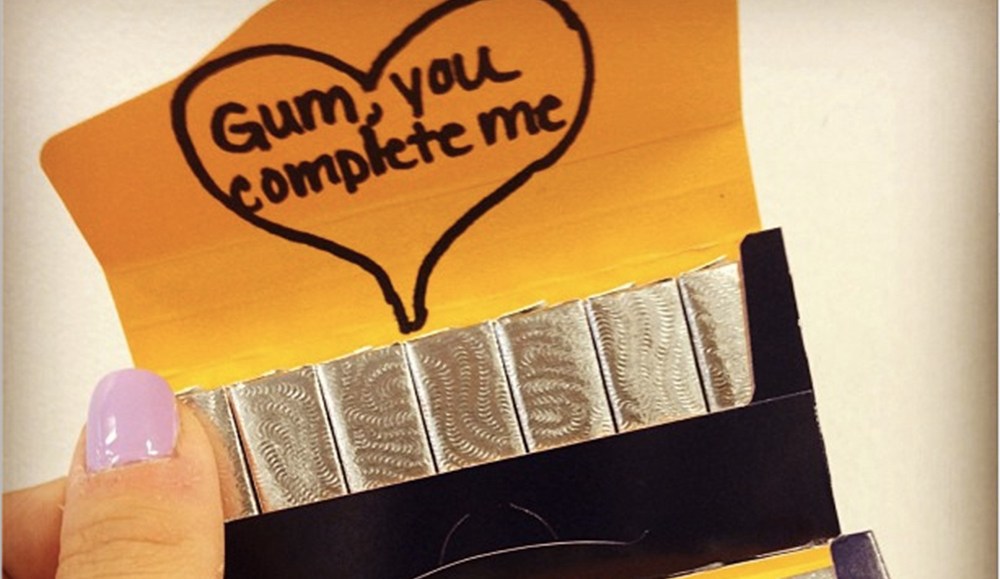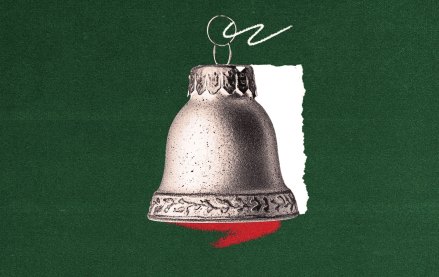
Whether it’s begging for likes on Facebook or spouting bizarre non sequiturs on Twitter, brands are often tone-deaf when it comes to social media. They resort to forced, corny tactics in order to generate some kind – and kind – of consumer engagement. It isn’t a good look.
And it doesn’t stop at just Facebook and Twitter. Instagram has proven tricky for brands to figure out, especially for brands that don’t have particularly visually driven content to share.
But don’t take our word for it. Here are five recent examples of companies being Instaweak:
Trident
No one feels this way about gum, dude. And that is seriously revolting hashtag overload. Five out of five dentists hate this.
Denny’s
This basically looks like a third grader (or some stoned college kid) stuck a bunch of stickers all over a Denny’s ad. But if that’s what Denny’s was going for, then they nailed it. (Also, what’s with the weird passive-aggressive IHOP mention?)
Domino’s
The point of Instagram is to share beautiful, cool images, not super blurry pizza shots. Worse: this is hardly the only bizarrely out-of-focus Domino’s post, either. There are others.
Wendy’s
Neither. One of them probably stands for “fugly” though.
Nintendo
Please remind us again what Nintendo, or Pikachu for that matter, has to do with cheesecake? There must be some weird statistic correlating Nintendo 3DS owners and cheesecake that we are unaware of.
More in Marketing

Pandora is betting on AI agents to scale service and emotional selling during the peak holiday season
Pandora is using AI agents to scale customer service and replicate emotional in-store selling online, just as peak season puts pressure on margins and teams.

Rembrand’s CEO wants to grow virtual ad placements in streaming, and he’s looking elsewhere for models
Omar Tawakol wants to improve advertising within the streaming world, and is working with advertisers and publishers to improve that experience.

Marketers are keen to use generative AI in ad campaigns, but hidden costs lurk
Marketers across the industry want to use AI to cut down on time spent in creative production. It’s not so simple in practice.





